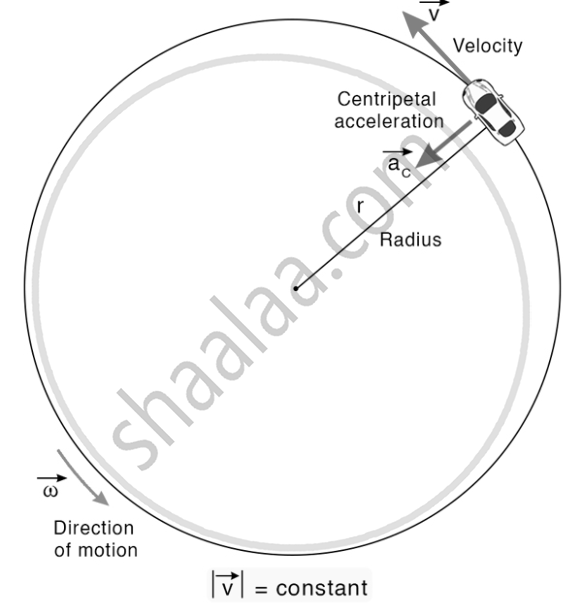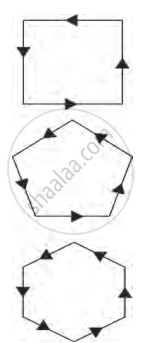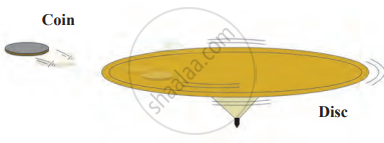When an object moves in a circular path at a constant speed, its motion is called uniform circular motion and it requires a continuous force directed towards the centre of the circle. This force is called centripetal force.
If m is the mass of the object, v is its speed, and r is the radius of the circle, then it can be shown that this force is equal to:
`(F) = (mv^2)/(r)`
If a planet is revolving around the Sun in a circular orbit in uniform circular motion, then the centripetal force acting on the planet towards the Sun must be:
`(F) = (mv^2)/(r)`
where m is the mass of the planet, v is its speed, and r is its distance from the Sun.
`"Speed " = "distance travelled"/"time taken"`
The speed of the planet can be expressed in terms of the period of revolution T as follows:
- Distance travelled by the planet in one revolution = Perimeter of the orbit = 2πr, where r is the distance of the planet from the Sun.
- Time taken = Period of revolution = T.
`"v"="distance travelled"/"time taken"`= \[\frac{2\pi\mathrm{r}}{\Gamma}\]
\[\mathrm{F=\frac{mv^{2}}{r}}\quad=\quad\frac{m\left(\frac{2\pi r}{T}\right)^{2}}{r}\quad=\quad\frac{4m\pi^{2}r}{T^{2}},\mathrm{multiplying~and~dividing~by~r^{2}~we~get},\]
\[\mathrm{F}=\frac{4\mathrm{m}\pi^2}{\mathrm{r}^2}\times\left(\frac{\mathrm{r}^3}{\mathrm{T}^2}\right)\]
According to Kepler’s third law, \[\frac{\mathrm{T}^{2}}{\mathrm{r}^{3}}=\mathrm{K}\]
\[\mathrm{F=~\frac{4~m~\pi^2}{r^2K}~,~But~\frac{4~m~\pi^2}{K}=Constant~\therefore~F=constant\times\frac{1}{r^2}~\therefore~F~\alpha~\frac{1}{r^2}}\]
Thus, Newton concluded that the centripetal force, which is the force acting on the planet and is responsible for its circular motion, must be inversely proportional to the square of the distance between the planet and the Sun.
Newton identified this force with the force of gravity and hence postulated the inverse square law of gravitation. The gravitational force is much weaker than other forces in nature, but it controls the universe and determines its future. This is possible because of the huge masses of planets, stars, and other constituents of the universe.




